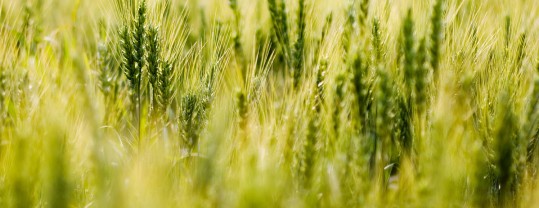By John Barker, Ohio State University
November 11, 2015
The economics of today’s agriculture necessitate looking for ways to improve profit margins. Accurate data collected with our precision ag equipment can have tremendous value. Harvest data reveals the results of everything that happened in our fields in any given year. However, data collection is more than just making yield maps; it’s a yearlong process.
#1 What type of Information can we collect
Most if not all field operations throughout the year can be recorded. This will depend upon the software program but operations such as tillage, planting, chemical and fertilizer applications, scouting data, tile installation and of course harvest data can all be recorded.
#2 Field notes and observations
Are an extremely vital part of the overall process. Keep a notebook containing the boundaries of each field in your truck. Use these maps to record important notes and observations on each trip to the field. Document specific sites for future follow-up visits or to serve as a reminder to check harvest data at these locations.
#3 Collect accurate data
Not only at harvest, but throughout the year. We all have heard the phrase “garbage in, garbage out”. Inaccurate or bad data can have ramifications for many years. What happens if we enter the wrong hybrid or switch hybrids on our planting application map? This data is then used in the fall with yield data to evaluate hybrids. What happens when fertilizer applications are based upon inaccurate yield data?
#4 CALIBRATE, CALIBRATE, CALIBRATE.
This is the most essential step in the data collection process, especially if you plan to use the data to make future management decisions. How many of us know SOMEONE who doesn’t make the time to calibrate their yield monitor – Hey, I did it last year? To have value, data collected for each operation must be accurate.
#5 Harvest data
Is the yield monitor just something to look at during harvest or does it serve as a valuable data collection tool? What happens to the data after harvest is over? Is the data utilized to make adjustments or to improve the farming operation?
#6 Use the data
Variation exists in each and every field. Some variation occurs naturally within our fields. Other variation is introduced by our activities. Study the data, Analyze the data, Question the data! While we certainly cannot answer all of the questions, we can answer some of them. Which hybrids or varieties performed well and which ones need dropped from our lineup. Were there specific field conditions such as rainfall, insect, disease or weed pressures that affected performance? Did certain field characteristics like soil type or topography affect production? Based on our yield results did we apply the proper amount of crop nutrients? Can we use the field specific data to create better soil sampling maps? The list goes on and on.
#7 Big Data
Is now the popular term for precision ag data? We have the capabilities of collecting large quantities of data, as much as .85 kilobytes per plant. That may not sound like a lot, but it can add up to 26 megabytes per acre per year. Does your computer have the capability of storing and utilizing large quantities of data?
Losing data can be very frustrating. Field specific data cannot be recreated. How often do you backup your data? At the very minimum backup your data monthly. During heavy data collection or analysis periods this might become a daily task.
Where are backup files stored? Computer hard drive crashes usually result in data loses. If backups are stored on the same computer, on the same hard drive, they will be lost as well. Back up your data on a portable drive. Store this backup file in a different location such as the shop, toolbox or safe deposit box.
Managing precision ag data is a yearlong process. Spending the time to collect accurate data will insure valid data is being utilized in future management decisions.

